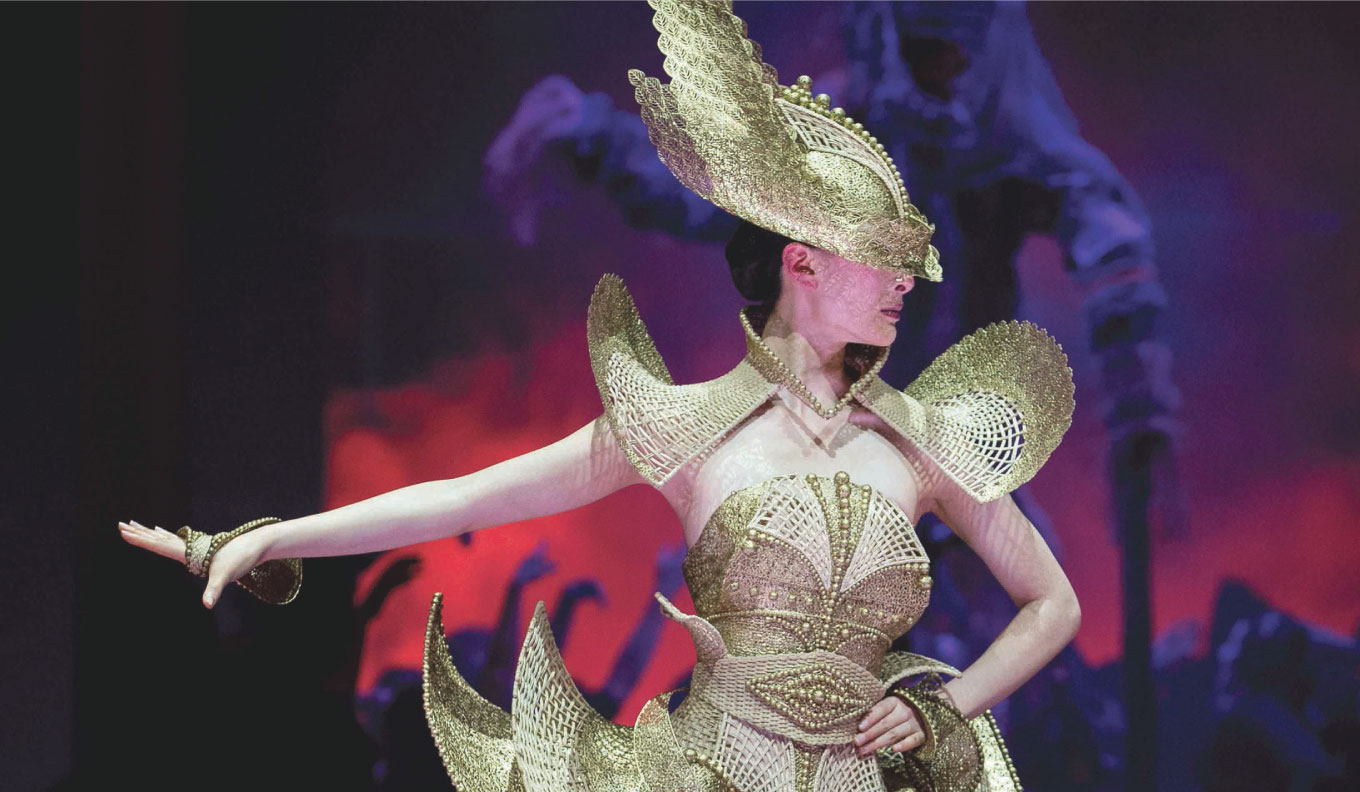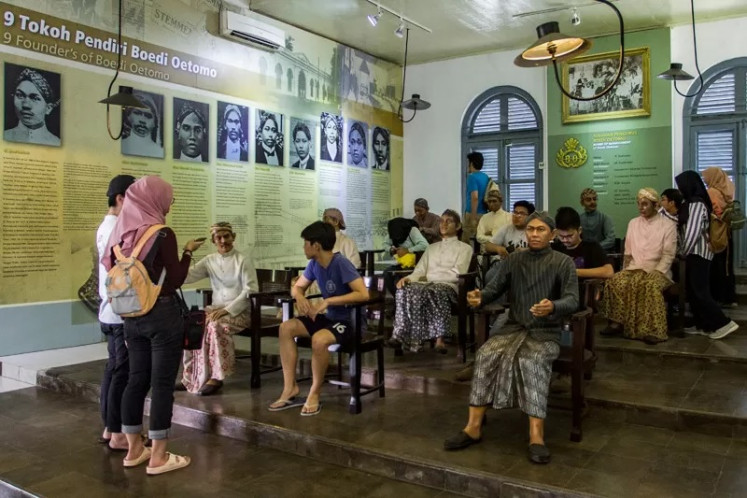Silat fighters show off all their right and deadly moves
It was 10 a
Change text size
Gift Premium Articles
to Anyone

I
t was 10 a.m. on Saturday morning when a group of people mostly wearing all-black, in T-shirts and pants that stopped short at the ankle, gathered in a breezy function hall of Padepokan Pencak Silat (Indonesian traditional martial art training complex) in East Jakarta.
Arriving in groups in two or three, several members of silat Cingkrik Goning group greeted each other in a relaxed atmosphere. They always shake each others' hands to complete the greeting part.
"As Betawi people *Jakarta's origin*, it is important to shake hands every time we greet people," Cingkrik Goning guru Tubagus Bambang Sudrajat welcomed The Jakarta Post warmly in the hall before the training session began.
Cingkrik Goning is one among 300 Betawi's silat streams. The name is associated with its signature style while fighting is called cingkrik in Betawi vernacular. Meanwhile, Goning is derived from the name of the founder, the late Ainin bin Urim, also known as Engkong (grandfather) Goning (1895-1972). Usup Utay (1927-1993), who was also Bambang's father-in-law, continued Engkong Goning's path.
"Unlike other martial arts that use one, two, three counts before incapacitating the enemy, we only recognize one move while fighting, which aims to directly disable our enemy, in vulnerable body parts, if necessary," said Bambang, adding that all of Cingkrik Goning's moves lead to lethal action.
"Therefore, we don't use our moves in common sports silat, as formalized by the Indonesian Pencak Silat Association *IPSI*."
Bambang, the third generation of Cingkrik Goning, explained that the stream has three levels in mastery. The first phase is 12 main basic movements; the second is 80 receiving techniques, and the final comprises 80 attacking movements.
"However, the techniques don't end there as any fighter is allowed to improvise the movements," he said, adding the inventiveness of receiving and attacking techniques could produce another 200 movements.
"In Cingkrik Goning, you could have all the basic things in fight-ing, like receiving enemy attacks, locking them up and smashing them down."
What differentiates Cingkrik Goning from Japanese martial arts like judo, karate or aikido?
"We don't really exert too much energy while fighting, because our main point is to paralyze our enemy as soon as possible. You have to win the fight," said Bambang, adding that Cingkrik Goning plays with speed and wit.
However, he said, despite all the techniques and fatal consequence, self control is part of the martial art in itself. One doesn't really have to fight, if he doesn't have to.
Bambang has had at least 100 students since 2006. "When Abah *father* Usup Utai was active, we had 2,000 pupils in Jakarta and Bekasi."
Silat Gerak Gulung (roll movement) is another Indonesian martial art that originated from Pajajaran Kingdom in West Java.
The stream was known as Maung Gulung in Sundanese, which means Rolling Tiger; famous for its deadly movements.
In the 17th century, Raden Sarean of Bogor, West Java, improvised Maung Gulung's techniques to softer movements then changed the name to Gerak Gulung.
Gerak Gulung's seventh-generation heir Firman Hamdani, 42, said that the martial art is no longer as lethal as it used to be.
"Uyut *great-grandfather* Sarean reformed the techniques that were based on Islamic morals."
Gerak Gulung recognizes 10 basic movements. However, the idea of this martial art was to predict enemy movements.
"We have to feel where they are going to *attack*. So, before they attack, you already know how to outsmart them," said Dani, adding that each movement could end fatally, such as by disabling an enemy's eye, fracturing an arm bone or neck.
Cingkrik Goning and Gerak Gulung members train every Saturday morning at Padepokan Pencak Silat, near Indonesian Mini Park (TMII) in East Jakarta. The two silat streams are also open to foreigners.
- JP/Niken Prathivi









